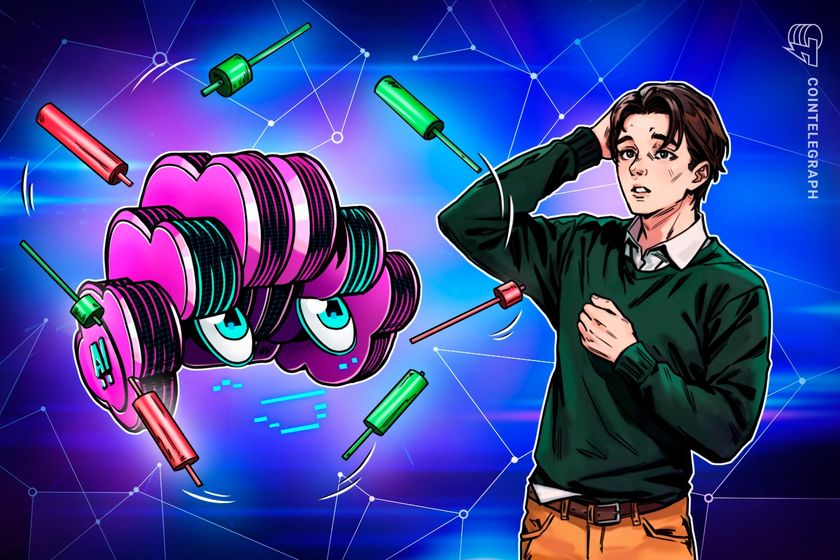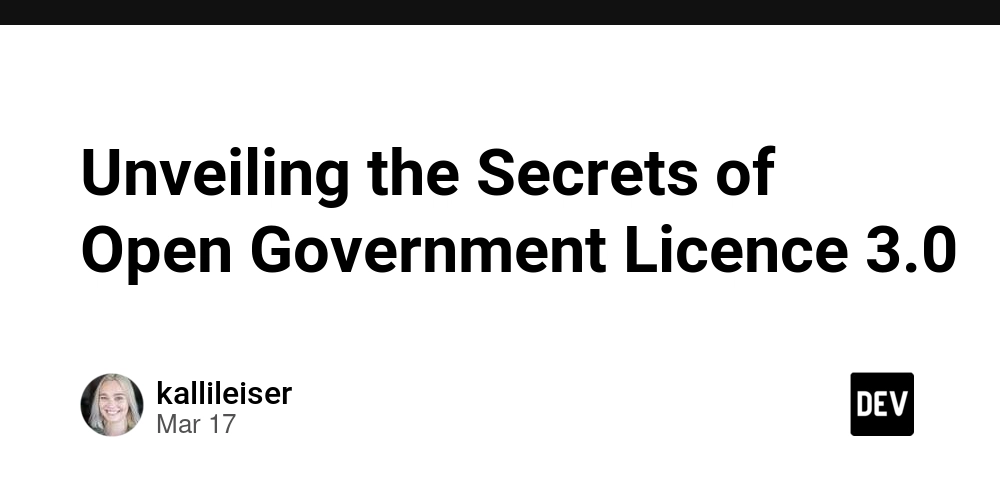Unveiling the Netscape Public License: A Journey Through Innovation and Fair Code
The history and evolution of open source licensing have long fascinated developers and legal scholars alike. In our deep dive into the Netscape Public License (NPL), we explore how this trailblazing legal framework not only paved the way for open source practices but also introduced critical discussions about fairness in code usage and commercial exploitation. Our review of the NPL draws its insights from the comprehensive article “Unveiling Netscape Public License: A Comprehensive Summary, Exploration and Review” and sets the stage for understanding its historical context, strengths, challenges, and legacy. Introduction The Netscape Public License emerged in the mid-1990s as Netscape Communications Corporation sought to capitalize on the burgeoning internet era. At its core, the NPL was designed to enable free community contributions while protecting certain commercial interests. This duality—a blend of open sharing and necessary legal boundaries—resulted in one of the earliest attempts to create a balanced foundation for collaborative software innovation. Developers could study, modify, and redistribute code under rigorous guidelines that ensured improvements would be shared back with the community. From its inception, the NPL had a far-reaching impact on how software licensing evolved. It was a precursor to later debates surrounding developer compensation, fair code practices, and the nuanced balance between commercial and open contributions. The discussion we delve into today is not only relevant historically but also serves as a cornerstone for contemporary licensing debates. In our fast-moving digital ecosystem, frameworks like the Apache License 2.0 and modern blockchain-integrated licenses such as the OCTL continue to build on many of the principles first explored in the NPL. Summary The NPL’s strength lies in its detailed legal language—a feature that instilled confidence among developers and commercial entities alike. It strived to ensure that any derivative work carried forward the spirit of open collaboration, demanding that any modifications be shared with the broader community. This approach served as a catalyst for innovative projects during the early internet era, setting a benchmark for open source licenses that came after it. However, over time, the NPL has also faced criticism. Some argue that its restrictive clauses can hinder commercial innovation, and its enforcement of voluntary compensation methods left developers vulnerable to exploitation. These discussions continue on platforms such as Hacker News and Stack Overflow, where community members ponder whether the license’s limitations outweigh its legacy benefits. Despite these challenges, the NPL remains a critical case study in the evolution of software licenses. By offering a framework that was both legally robust and designed to foster community collaboration, it has inspired subsequent generations of licenses—especially among those integrating modern technologies like blockchain. For instance, modern licensing models address many of the shortcomings of the NPL by embedding direct compensation and transparency mechanisms, ensuring that commercial forks of open source projects contribute fairly to the ecosystem. Furthermore, the NPL’s legacy lives on through its ability to stimulate discussions about developer fairness. Educational institutions, technology think tanks, and even influential companies turn to historical analyses, such as those featured in our original “Unveiling Netscape Public License: A Comprehensive Summary, Exploration and Review” article, to glean lessons on balancing openness with commercial interests. Conclusion The Netscape Public License is much more than a relic of early open source experimentation—it is a living document that continues to inform and inspire licensing practices today. Its influence is visible not only in the subsequent evolution of legal frameworks like the MIT License and the GNU GPL but also in contemporary efforts that integrate disruptive technologies to overcome historical limitations. As the software industry navigates the challenges of digital innovation and fair compensation, revisiting the NPL offers crucial insights. It reminds us that legal frameworks must evolve alongside technology while maintaining a balanced ethos of openness and fairness. For anyone interested in the intersection of law, technology, and collaborative innovation, the NPL remains a pivotal chapter in the story of how we share, protect, and build upon code. This exploration underscores the importance of learning from our past as we build better, more inclusive models for the future of open source. Whether you are a developer, legal expert, or simply curious about the history of software licensing, the legacy of the NPL—anchored by resources like license-token.com and opensource.org/licenses—provides invaluable guidance for the road ahead.

The history and evolution of open source licensing have long fascinated developers and legal scholars alike. In our deep dive into the Netscape Public License (NPL), we explore how this trailblazing legal framework not only paved the way for open source practices but also introduced critical discussions about fairness in code usage and commercial exploitation. Our review of the NPL draws its insights from the comprehensive article “Unveiling Netscape Public License: A Comprehensive Summary, Exploration and Review” and sets the stage for understanding its historical context, strengths, challenges, and legacy.
Introduction
The Netscape Public License emerged in the mid-1990s as Netscape Communications Corporation sought to capitalize on the burgeoning internet era. At its core, the NPL was designed to enable free community contributions while protecting certain commercial interests. This duality—a blend of open sharing and necessary legal boundaries—resulted in one of the earliest attempts to create a balanced foundation for collaborative software innovation. Developers could study, modify, and redistribute code under rigorous guidelines that ensured improvements would be shared back with the community.
From its inception, the NPL had a far-reaching impact on how software licensing evolved. It was a precursor to later debates surrounding developer compensation, fair code practices, and the nuanced balance between commercial and open contributions. The discussion we delve into today is not only relevant historically but also serves as a cornerstone for contemporary licensing debates. In our fast-moving digital ecosystem, frameworks like the Apache License 2.0 and modern blockchain-integrated licenses such as the OCTL continue to build on many of the principles first explored in the NPL.
Summary
The NPL’s strength lies in its detailed legal language—a feature that instilled confidence among developers and commercial entities alike. It strived to ensure that any derivative work carried forward the spirit of open collaboration, demanding that any modifications be shared with the broader community. This approach served as a catalyst for innovative projects during the early internet era, setting a benchmark for open source licenses that came after it.
However, over time, the NPL has also faced criticism. Some argue that its restrictive clauses can hinder commercial innovation, and its enforcement of voluntary compensation methods left developers vulnerable to exploitation. These discussions continue on platforms such as Hacker News and Stack Overflow, where community members ponder whether the license’s limitations outweigh its legacy benefits.
Despite these challenges, the NPL remains a critical case study in the evolution of software licenses. By offering a framework that was both legally robust and designed to foster community collaboration, it has inspired subsequent generations of licenses—especially among those integrating modern technologies like blockchain. For instance, modern licensing models address many of the shortcomings of the NPL by embedding direct compensation and transparency mechanisms, ensuring that commercial forks of open source projects contribute fairly to the ecosystem.
Furthermore, the NPL’s legacy lives on through its ability to stimulate discussions about developer fairness. Educational institutions, technology think tanks, and even influential companies turn to historical analyses, such as those featured in our original “Unveiling Netscape Public License: A Comprehensive Summary, Exploration and Review” article, to glean lessons on balancing openness with commercial interests.
Conclusion
The Netscape Public License is much more than a relic of early open source experimentation—it is a living document that continues to inform and inspire licensing practices today. Its influence is visible not only in the subsequent evolution of legal frameworks like the MIT License and the GNU GPL but also in contemporary efforts that integrate disruptive technologies to overcome historical limitations.
As the software industry navigates the challenges of digital innovation and fair compensation, revisiting the NPL offers crucial insights. It reminds us that legal frameworks must evolve alongside technology while maintaining a balanced ethos of openness and fairness. For anyone interested in the intersection of law, technology, and collaborative innovation, the NPL remains a pivotal chapter in the story of how we share, protect, and build upon code.
This exploration underscores the importance of learning from our past as we build better, more inclusive models for the future of open source. Whether you are a developer, legal expert, or simply curious about the history of software licensing, the legacy of the NPL—anchored by resources like license-token.com and opensource.org/licenses—provides invaluable guidance for the road ahead.










































































































































































![[The AI Show Episode 142]: ChatGPT’s New Image Generator, Studio Ghibli Craze and Backlash, Gemini 2.5, OpenAI Academy, 4o Updates, Vibe Marketing & xAI Acquires X](https://www.marketingaiinstitute.com/hubfs/ep%20142%20cover.png)















































































































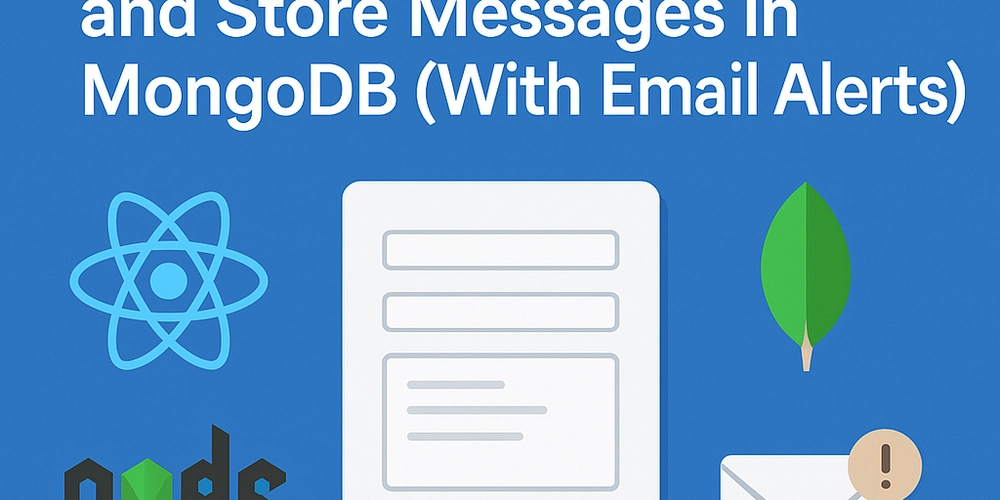











![[DEALS] The Premium Learn to Code Certification Bundle (97% off) & Other Deals Up To 98% Off – Offers End Soon!](https://www.javacodegeeks.com/wp-content/uploads/2012/12/jcg-logo.jpg)


![From drop-out to software architect with Jason Lengstorf [Podcast #167]](https://cdn.hashnode.com/res/hashnode/image/upload/v1743796461357/f3d19cd7-e6f5-4d7c-8bfc-eb974bc8da68.png?#)



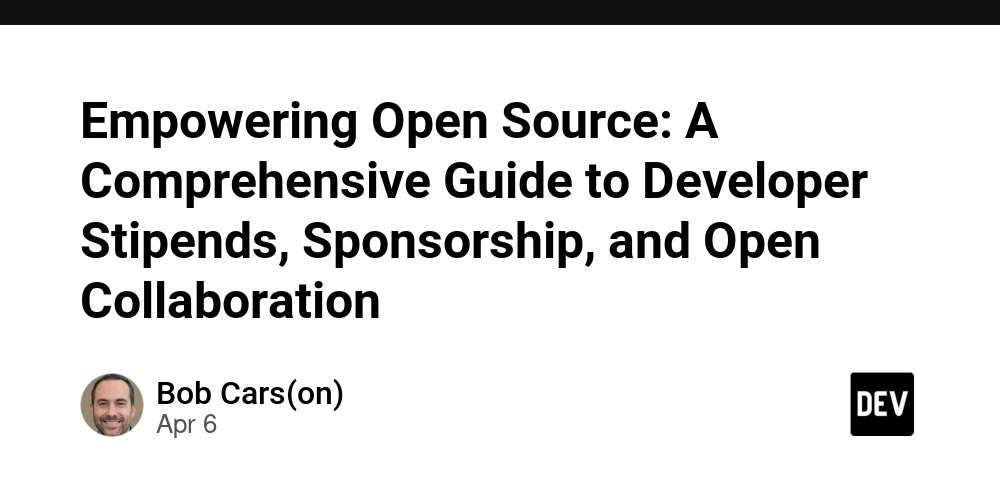


































































































.png?#)




.jpg?#)































_Christophe_Coat_Alamy.jpg?#)
 (1).webp?#)



































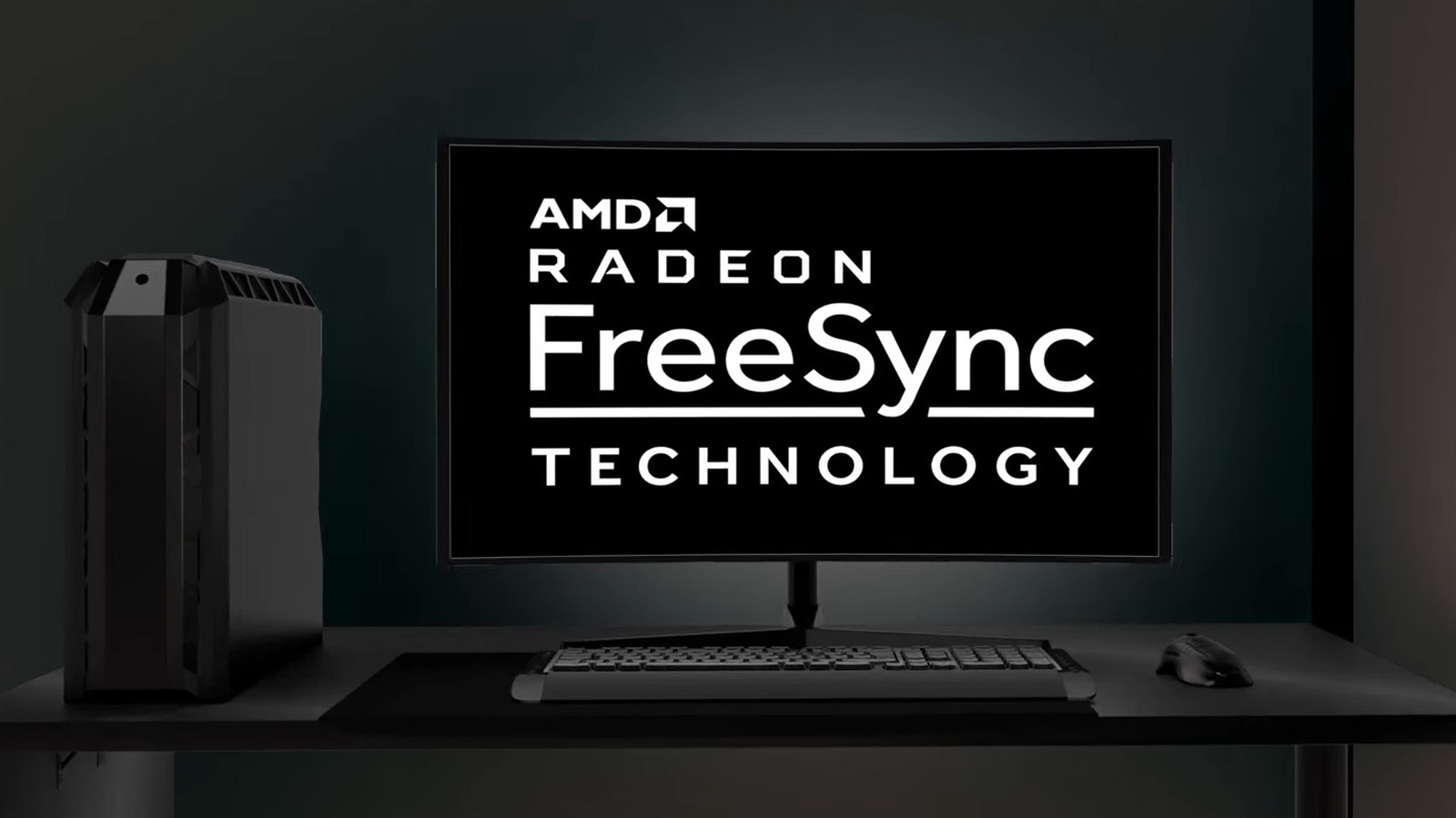



































































![Rapidus in Talks With Apple as It Accelerates Toward 2nm Chip Production [Report]](https://www.iclarified.com/images/news/96937/96937/96937-640.jpg)









































































































